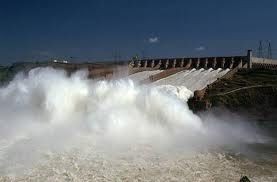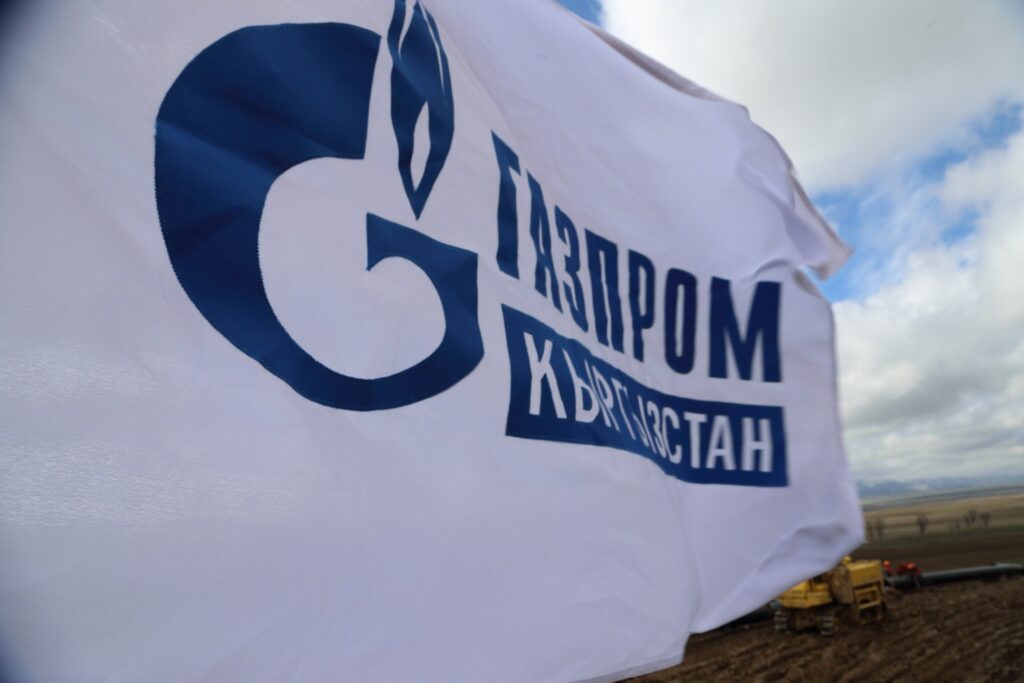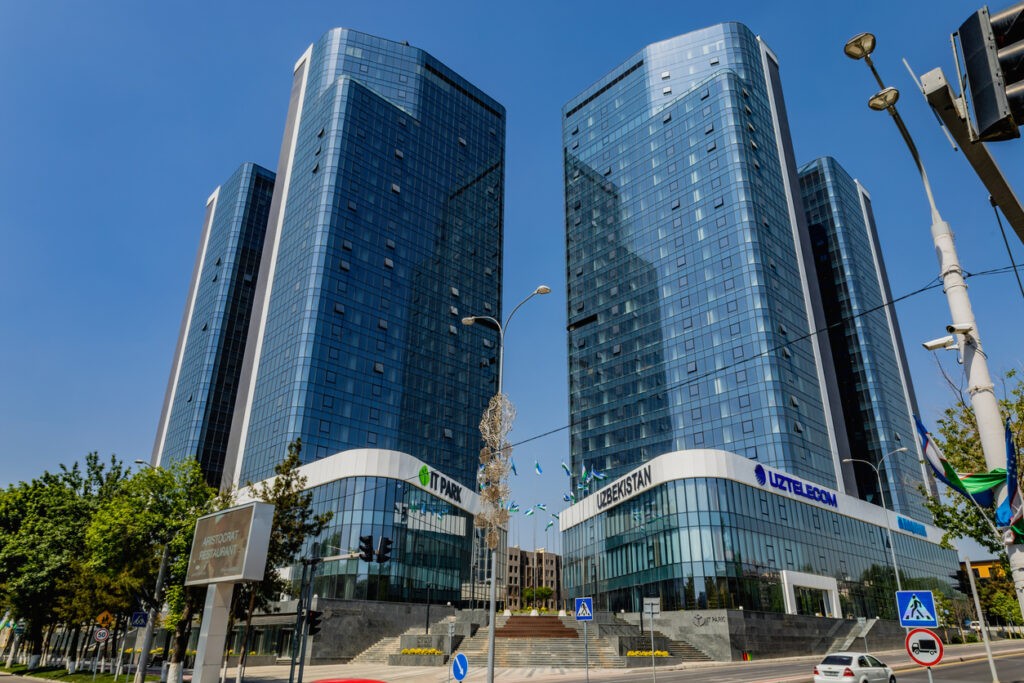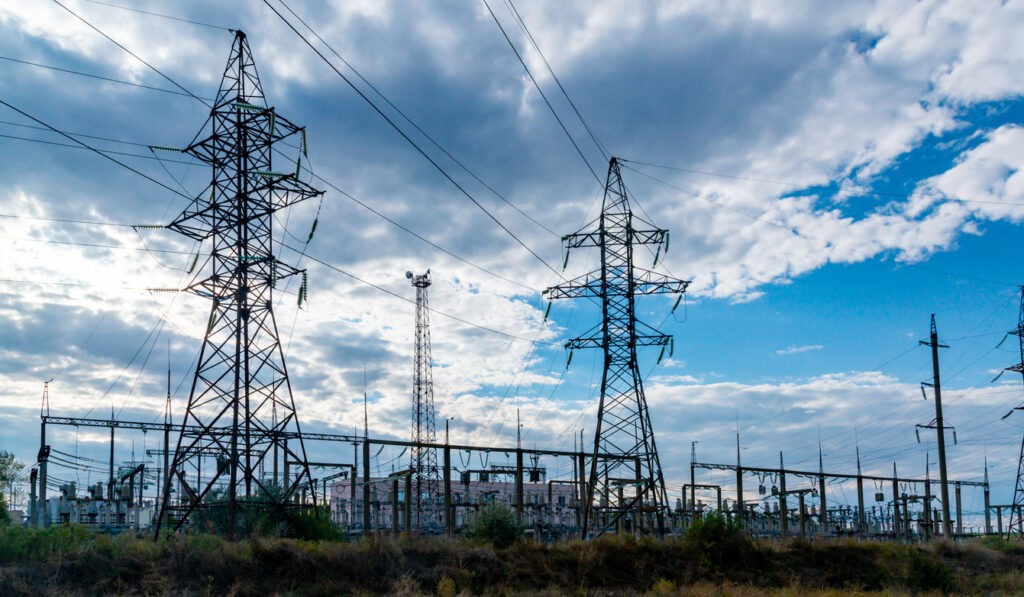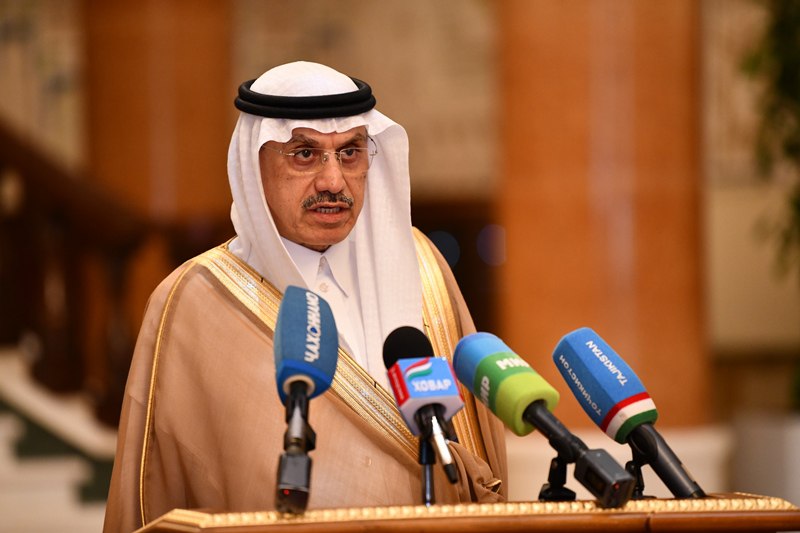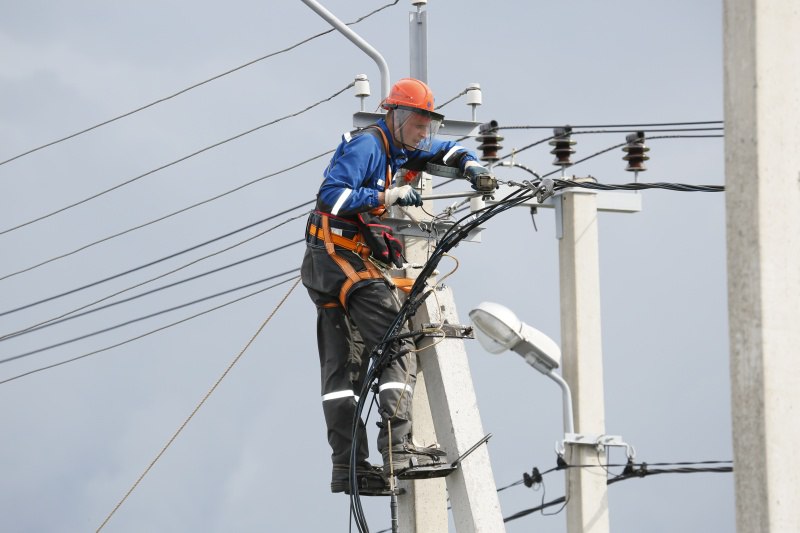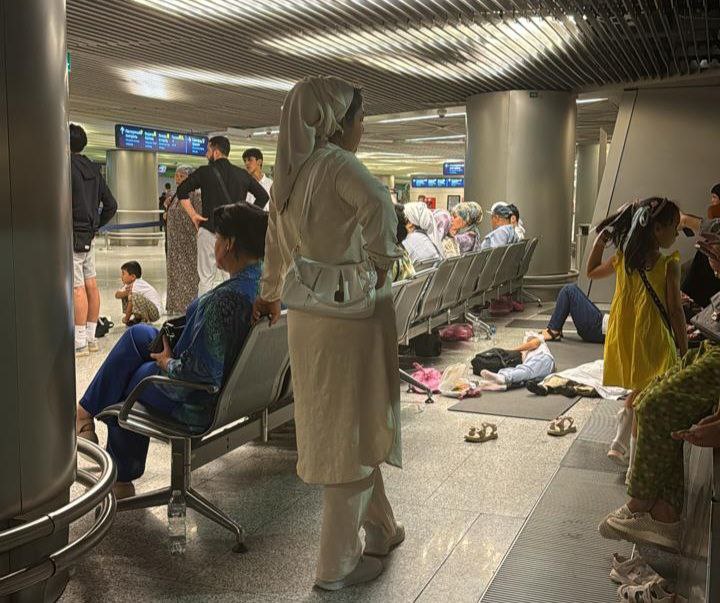DUSHANBE (TCA) — The people of Tajikistan and local enterprises will gain access to a more reliable supply of electricity with the approval, on May 3, of US$225.7 million in financing from the International Development Association (IDA) for the Nurek Rehabilitation Project. The World Bank financing, one-quarter in grants and three-quarters in credits, will refurbish the Nurek Hydropower Plant in Tajikistan, the Bank said.
“A reliable energy supply is needed to achieve sustainable socio-economic development, help businesses expand and improve the quality of life for citizens,” said Jan-Peter Olters, World Bank Country Manager for Tajikistan. “With today’s decision, the World Bank is supporting Tajikistan’s efforts to ensure energy security for its people and financial viability of the country’s energy system, which will support dynamic rates of sustainable and inclusive growth.”
The first phase of the Nurek Hydropower Plant (HPP) rehabilitation will cost an estimated US$350 million. In addition to the World Bank’s IDA support, additional financing will be provided by the Asian Infrastructure Investment Bank (US$60 million), the Eurasian Development Bank (US$40 million), and other sources (US$24 million). With these funds, the Tajik authorities will rehabilitate three generating units and replace six auto-transformers used to regulate voltage of the generated electricity (US$310 million); enhance dam safety, including a special focus on the protection against seismic hazards and floods (US$30 million); and strengthen the institutional capacity of open joint stock holding company Barqi Tojik and improve its operational and financial performance (US$10 million).
The Nurek HPP, with an installed capacity in excess of 3,000 megawatts, is the key asset of Tajikistan’s energy system. Its rehabilitation is central to the Government’s efforts to provide reliable electricity supply, especially during the winter months. The power plant, which generates about 70 percent of total annual energy demand, suffers from dilapidated equipment and infrastructure. The facility did not go through major rehabilitation since it was commissioned in 1972; it is currently only 77 percent operational. The proposed rehabilitation investments will increase winter generation by 33 million kWh, helping to address a key bottleneck.
During the November–March heating season, energy demand is highest and, at present, frequently unmet. During the summer months, Tajikistan could expand electricity exports from non-fossil sources and thus generate much-needed additional revenues for the power sector.
The project will be implemented by Barqi Tojik, with the first phase being implemented during 2017–23. The Government of Tajikistan will start preparations for the project’s second phase in 2019.
